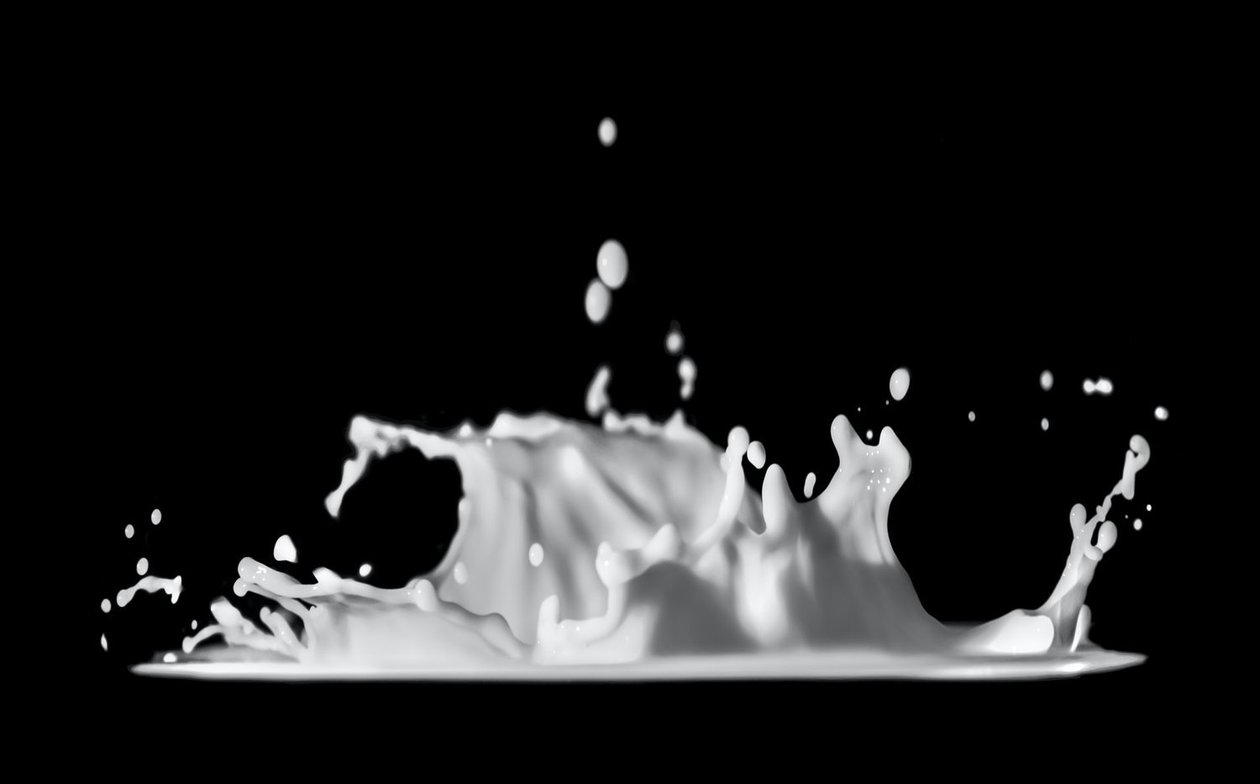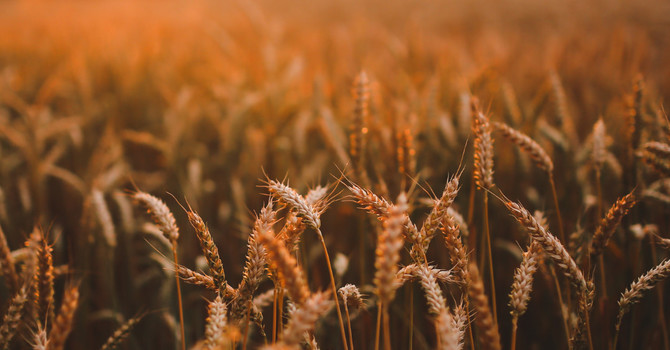
“Milk it does a body good.”
It was a common catchphrase on television commercials promoting milk in my childhood. Lean, muscular swimmers and other robust athletes would be shown consuming milk as a favored fuel source in between bouts of intense physical training. How good is milk really for you? It seems to depend a lot upon whom you ask. I have heard some people say that milk is only fit for consumption by baby calves. Some people call it among the most allergenic of foods. Others say that is a good source of protein and calcium but should be had in low fat or nonfat form because it’s too high in cholesterol and saturated fat. (Good topics for a future post).
How can we begin to make sense of these contradicting viewpoints? Let’s begin with what Allah (swt) says about milk. In Surah An-Nahl verse 66, “Surely, there is a lesson for you in cattle. We give you to drink of what is in their bellies, between bowels and blood – pure milk – pleasant for those who drink it.” It is interesting that Allah (swt) refers to as “pure milk” while it is in the belly of the cow.
For one, it is amazing that something so clean and pleasant can be situated between two sources of filth. SubhanAllah indeed. I would also argue that another more subtle point is that while milk is in that state, in the belly, it is a pure, unadulterated, wholesome drink. Is that the form that most people consume it in? That is something to consider.
Prior to the advent of modern pasteurization, milk was consumed raw by populations all around the world for thousands of years. Cultures prized a variety of products made from raw milk – raw butter, raw cheese, and fermented dairy products such as yogurt and kefir. The world-famous Mayo Clinic approximately one hundred years ago used raw milk aggressively to treat difficult disease such as tuberculosis, heart disease, and diabetes, among others, and had very good results. “For more than 16 years I have conducted a small sanitarium where milk is used almost exclusively in the treatment of various diseases,” Dr J.R. Crewe wrote in Certified Milk Magazine in 1929. “The results have been so regularly satisfactory that I have naturally become enthusiastic and interested in this method of treating disease. We used good Guernsey milk, equal to 700 calories to the quart.”
Milk contains a powerhouse of nutrients. B Vitamins, calcium, chloride, magnesium, phosphorus, potassium, sodium, sulphur, and many trace minerals are present in milk. Unfortunately, pasteurization totally destroys some nutrients such as B12 and the Wulzen factor (an anti-stiffness nutrient). It also inhibits the assimilation of its many nutrients by destroying all of the naturally occurring enzymes that exist in milk. (People with lactose intolerance can usually tolerate raw milk, especially if gradually introduced – a recent study showed that consuming raw milk from an organic farm for 6 weeks increased Lactobacillus production in the gut – a healthy bacteria which produces lactase, the enzyme that helps digest lactose).
What’s more? Large studies have found that raw milk consumption is associated with lower rates of asthma, allergies, eczema, ear and respiratory tract infections. Another important consideration is to consume milk from cows who are grass-fed. This was the traditional food source for all milk producing animals but has only historically recently been altered in favor of cheaper grain feed. Animals with diets high in grass and green herbage have higher levels of Omega 3 fatty acids in their meat and dairy products. Omega 3 fatty acids are anti-inflammatory in nature. On the flip side, animals with predominantly grain-fed diets have meat and dairy products with higher levels of Omega 6 fatty acids which are inflammatory when in excess.
It’s interesting that the prayer said by the Prophet Muhammad (peace and blessings be upon him) for drinking milk is unique from the prayer said before eating all other foods. He (peace be upon him) said, “When one of you eats food, he should say, ‘O Allah, bless us in it and give us food better than it. When he is given milk to drink, he should say, O Allah, bless us in it and give us more of it,’ for no food or drink satisfies like milk”
(Sunan Abu Dawood)
It is worth mentioning that studies have shown that milk raised by clean farms intending their products to be consumed raw, have excellent track records for pathogen free milk. This milk is markedly different than the raw milk which originates from farms that intend to pasteurize their milk. This milk can have rates of considerable contamination from bacteria such as E. Coli and Salmonella. Raw milk should also be purchased from dairies that test each individual cow or goat to ensure that the animal is not infected with Tuberculosis or Brucellosis before using their raw milk for human consumption.



